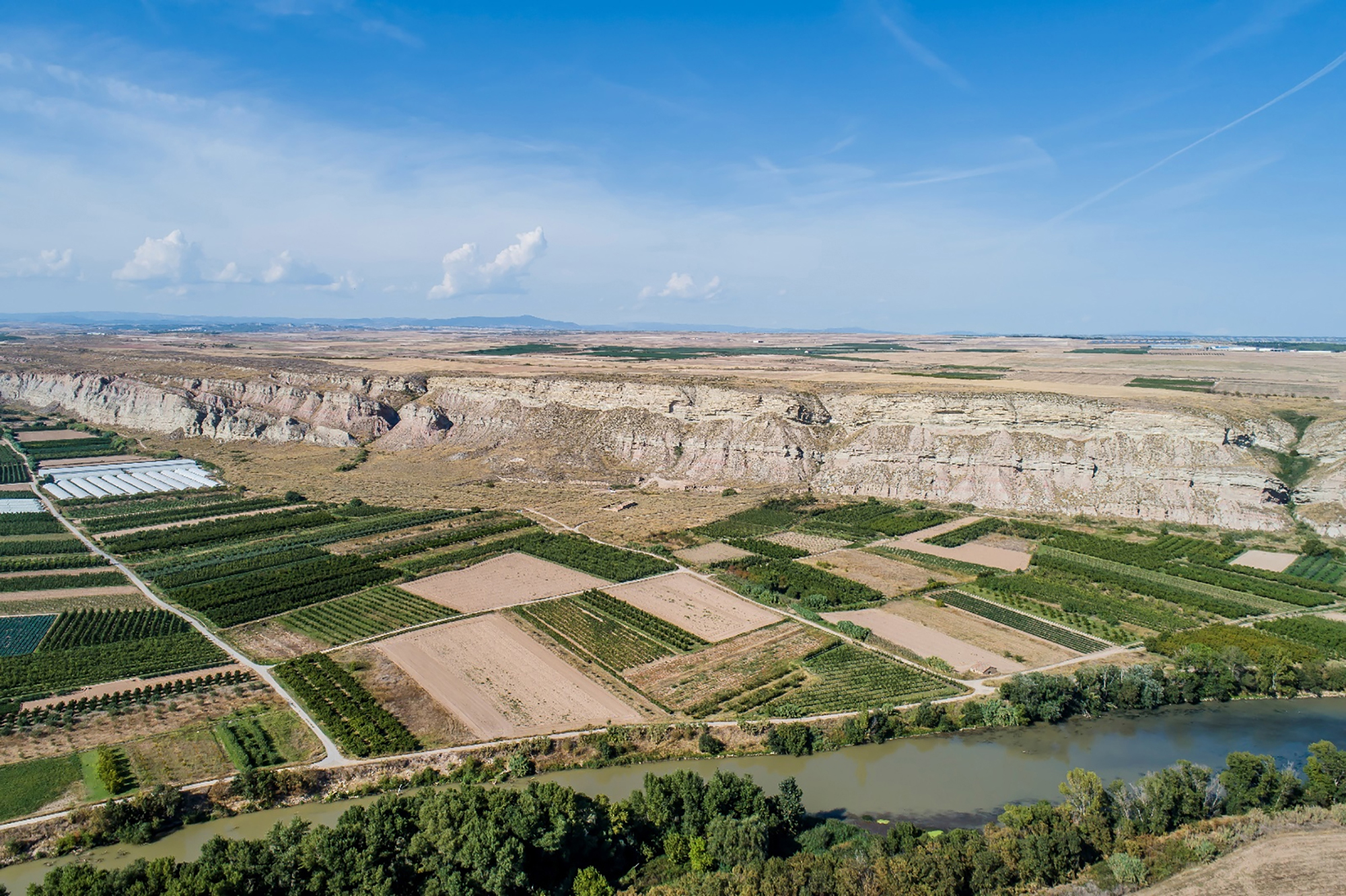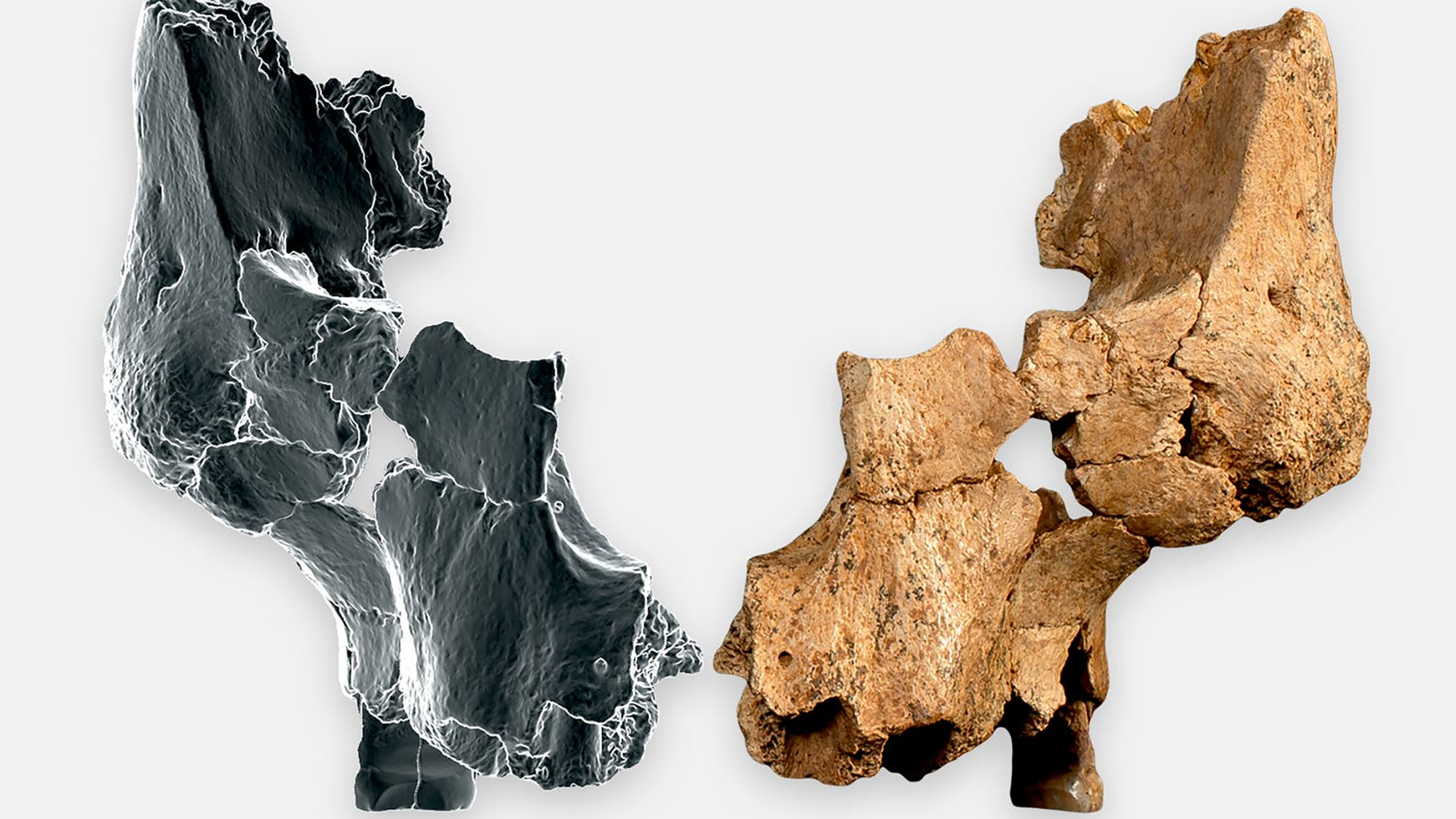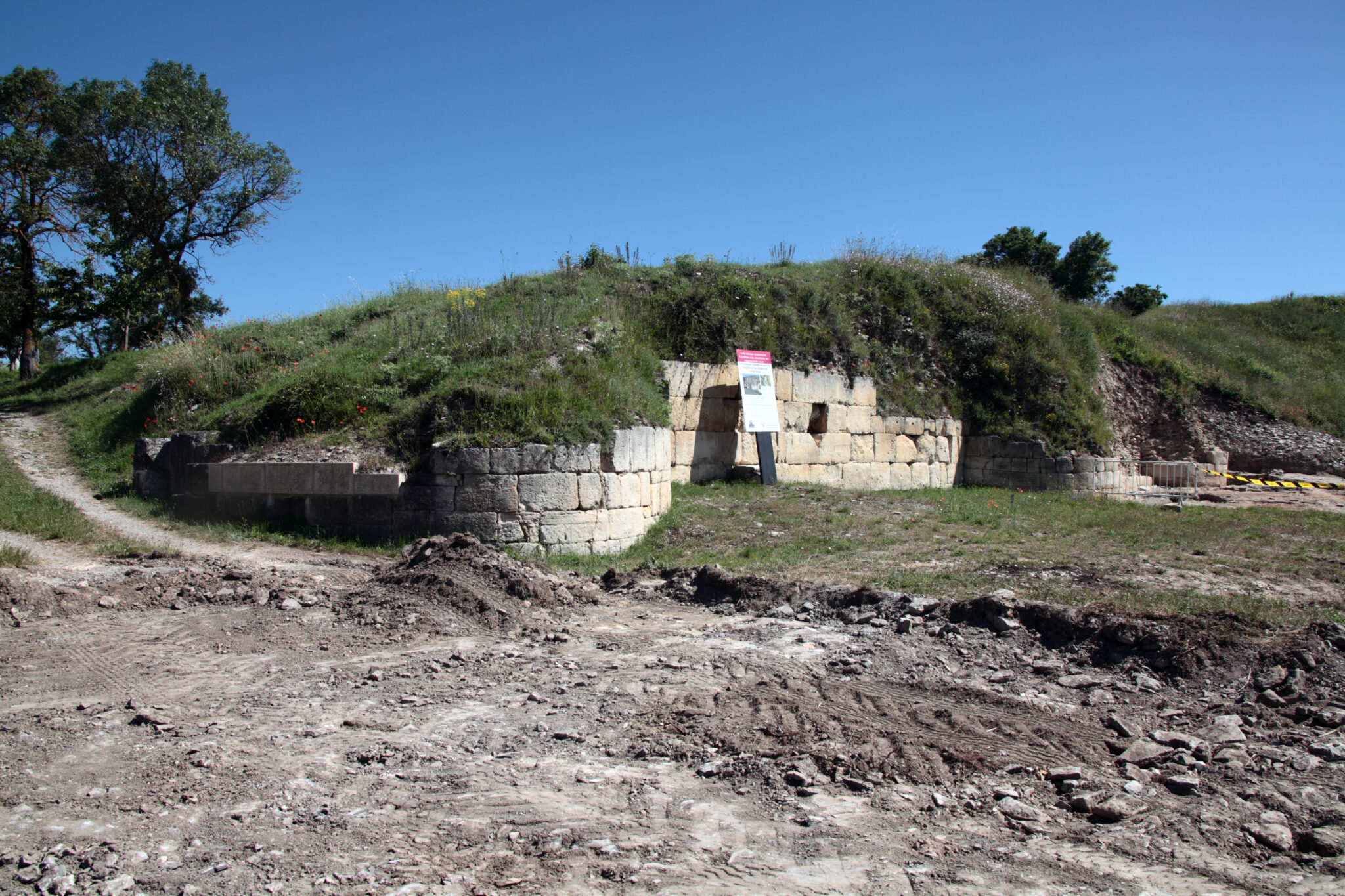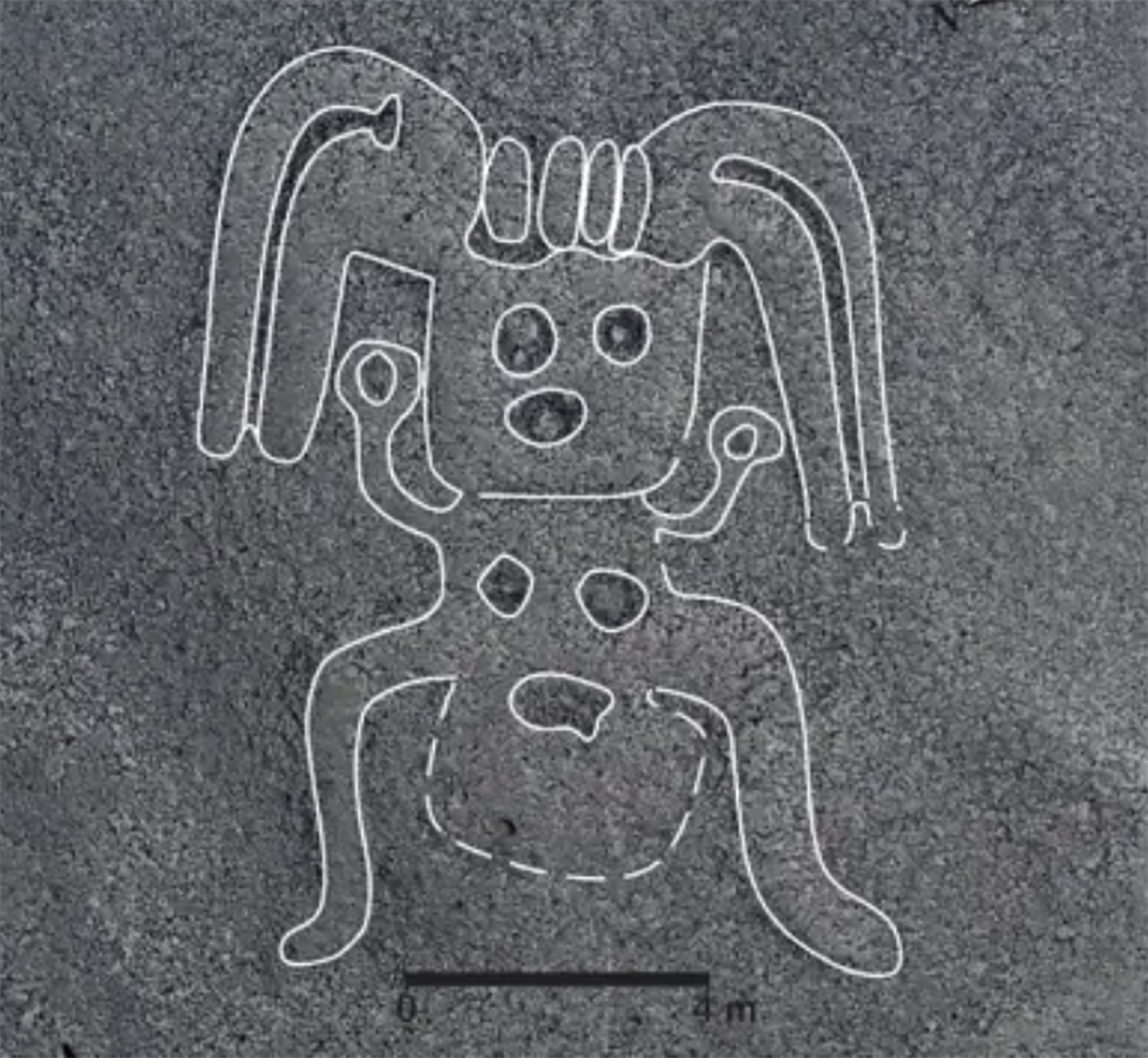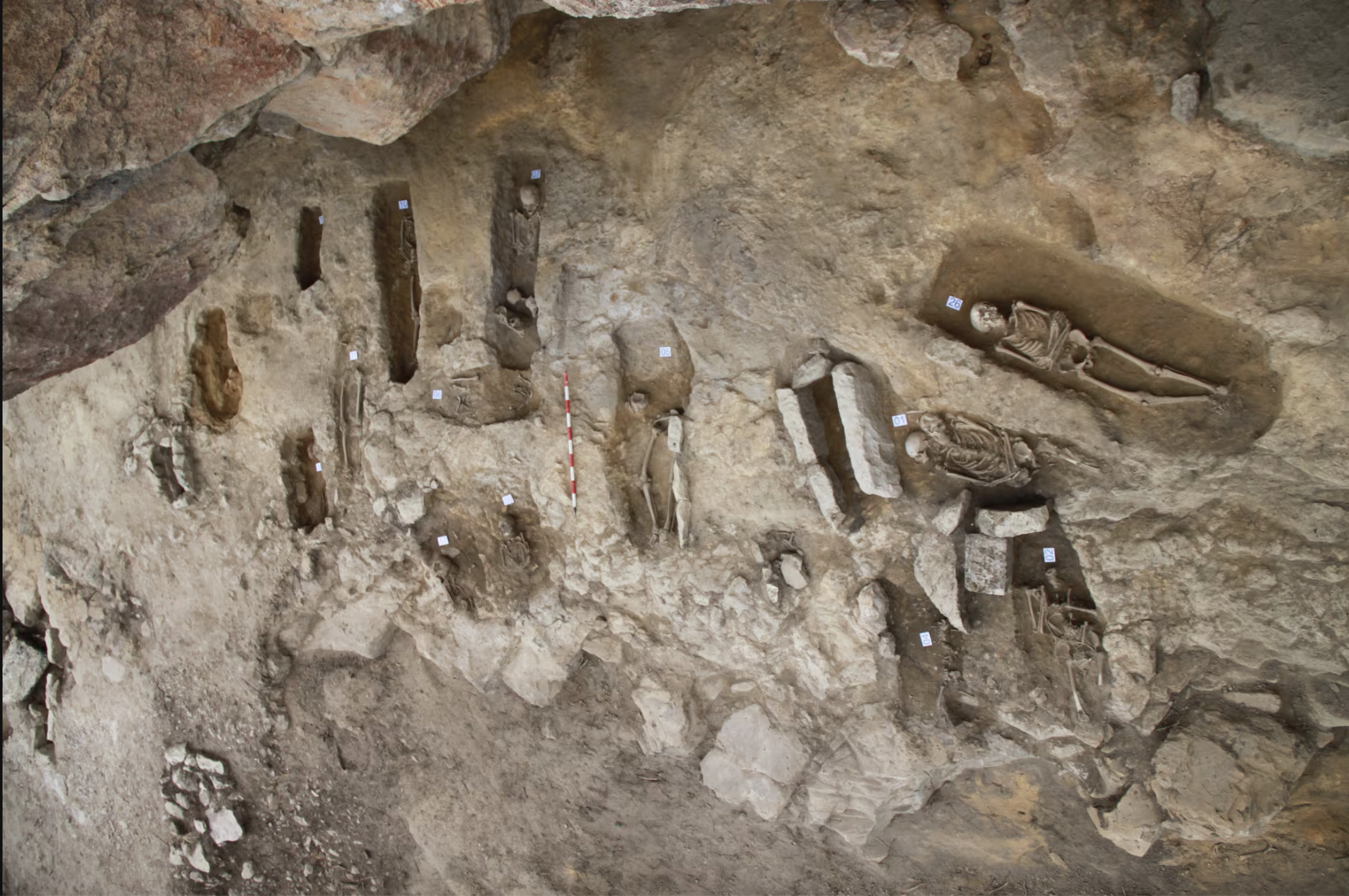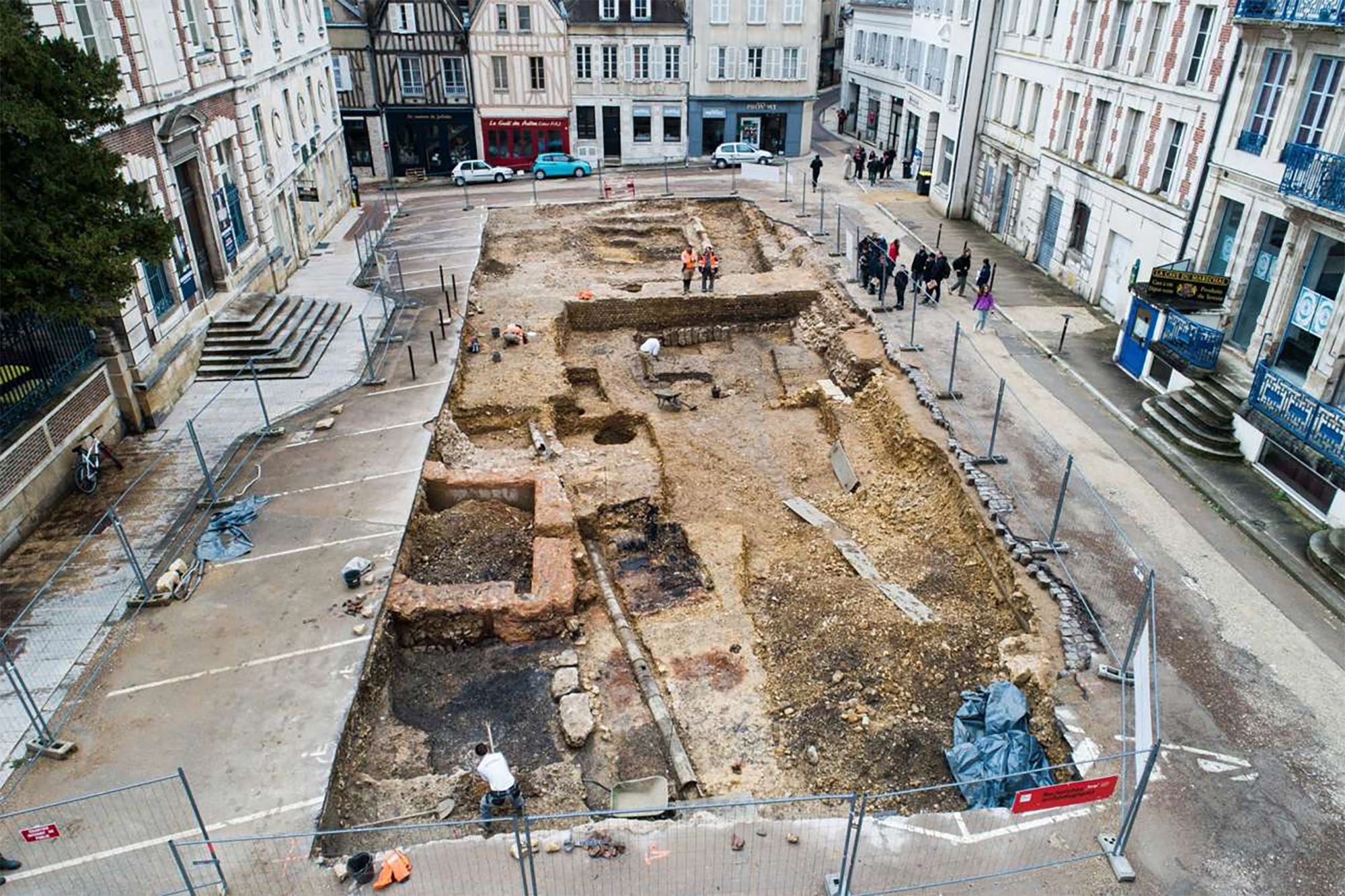Go look for the treasure and destroy the common heritage

You might see it in mountains or rural areas, looking for underground footprints with metal detectors. They're detectors or pitchers, they bond to play for treasure. Detectorism has become fashionable and there are youtubers and television series talking about them. This activity is very destructive to heritage and archaeology and is causing irreparable damage in many places.
Archaeology is a discipline that studies the material culture of societies of the past through rigorous and scientific methodology. The archaeological method observes the relationships between the stratigraphic units and the context of the objects found in each of them. Archaeological objects are the ones that provide the most information if they are in their original context. That is, trash with a proper context gives us more information about past societies than the most beautiful decontextualized gems. This methodology can be applied not only to the underground, but also to buildings, landscapes, landfills or others.
Imagine that the underground site is like the layers of a cake. The oldest stratigraphic unit would be at the bottom (chocolate layer), the middle (strawberry) and the most recent or modern the closest to the surface (cream). Archaeologists dig from the top layer to the bottom (first cream, then strawberry and then chocolate) to study in detail all the objects and relationships in that layer. If, on the contrary, a pitcher detected, through his artifact, a small metal object from the last layer and made a hole to pull it out, that whole context would be dismantled and the stratigraphic relationships between them would be completely mixed. That is, all flavors would be mixed, so all the information that could be obtained would be lost forever. As if that were not enough, the objects they find frequently end up in private collections through the black market.
Lately, laws have been tightened to limit detectorism damage and action has begun. However, in some cases it is too late and in many cases sanctions are being ineffective despite the complaint.
This year a discovery surprises the Basque. The Hand of Irulegi has made us illusion and has almost become a national symbol. If a cursed pitcher had passed through the top of Irulegi before Mattin Aiestaran's group, we wouldn't know that beautiful piece that can clarify our past and our history. Don't buy metal detectors, don't be pits.
.jpg)
stratigraphic units (archaeological layers). M.K.H.Eggert (Wikimedia Commons)
Aranzadi Zientzia Elkarteko Etnografia Sailaren zuzendari berria da Maite Errarte Zurutuza (Beasain, 1995), urrian Fermin Leizaolaren lekukoa hartu ondoren. Kultura materiala aztertzen jarraitzeko beharra azpimarratu du, gizartearen memoria eta bizimodu aldaketak erregistratzeko... [+]
Atapuercako aztarnategian hominido zahar baten aurpegi-hezur zatiak aurkitu dituzte. Homo affinis erectus bezala sailkatu dute giza-espezieen artean, eta gure arbasoek Afrikatik kanpora egindako lehen migrazioei buruzko teoriak irauli ditzake, adituen arabera.
Martxoaren 30erako Iruña-Veleia martxan, SOS Iruña-Veleia eta Euskeraren jatorria elkarteek manifestaziora deitu dute, Aski da! Argitu, ez suntsitu lelopean. Azken bi urteetan "hondeatzaileak sistematikoki eremu arkeologiko oso aberatsak suntsitzeko modu... [+]
Ethiopia, 24 November 1974. Lucy's skeleton was found in Hadar, one of the oldest traces of human ancestors. The Australian hominid of Australopithecus afarensis is between 3.2 and 3.5 million years old.
So they considered it the ancestor of species, the mother of all of us. In... [+]
While working at a site in the Roman era of Normandy, several archaeology students have recently made a curious discovery: inside a clay pot they found a small glass jar, of which women used to bring perfume in the 19th century.
And inside the jar was a little papelite with a... [+]
A team of researchers led by the Japanese archaeologist Masato Sakai of the University of Yamagata has discovered numerous geoglyphs in the Nazca Desert (Peru). In total, 303 geoglyphs have been found, almost twice as many geoglyphs as previously known. To do so, researchers... [+]
Treviño, 6th century. A group of hermits began living in the caves of Las Gobas and excavated new caves in the gorge of the Laño River, occupied since prehistory. In the next century, the community began to use one of the caves as a necropolis. In the 9th century they left the... [+]
On August 1, a dozen people from the family were in Aranguren. Two young people from Aranzadi made firsthand the excavations and works being carried out in Irulegi. This visit is highly recommended, as it reflects the dimension of the work they are doing.
Halfway, at the first... [+]
In the desert of Coahuila (Mexico), in the dunes of Bilbao, remains of a human skeleton have been found. After being studied by archaeologists, they conclude that they are between 95 and 1250 years old and that they are related to the culture of Candelaria.
The finding has been... [+]
The Roman city of Santakriz is an impressive archaeological site located in Eslava, near Sangüesa. Apparently, there was a fortified people of the Iron Age, and then the Romans settled in the same place. Juan Castrillo, himself a priest of Eslava, gave the site for the first... [+]
This winter the archaeologists of the INRAP (National Institute of Preventive Archaeological Research) have found a special necropolis in the historic centre of Auxerre (French State), a Roman cemetery for newborn babies or stillbirths. - Oh, good! The necropolis used between... [+]








